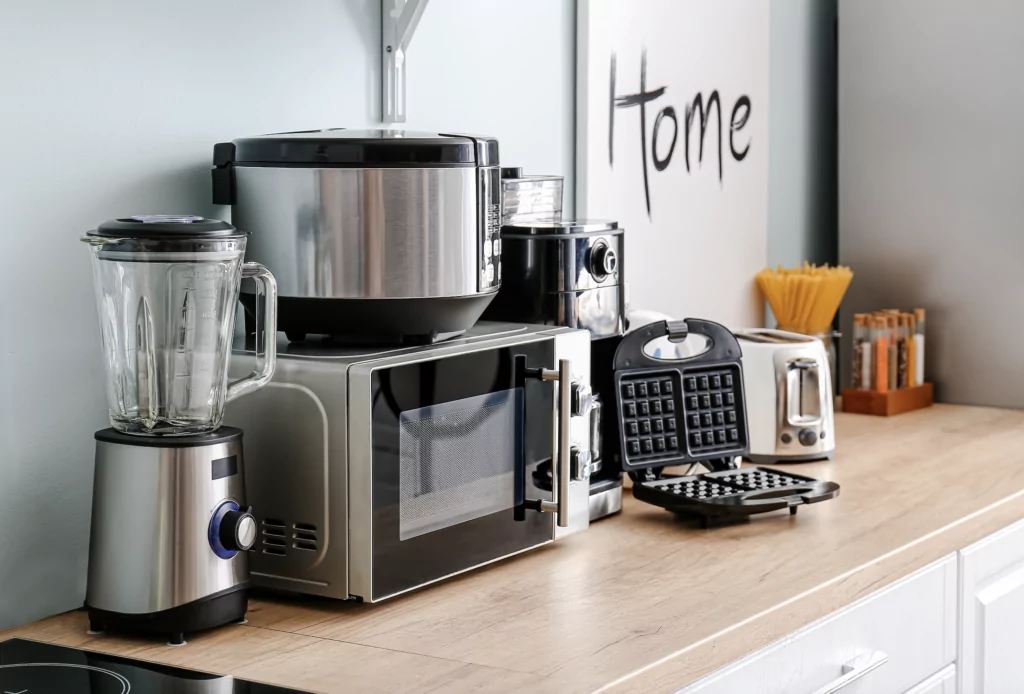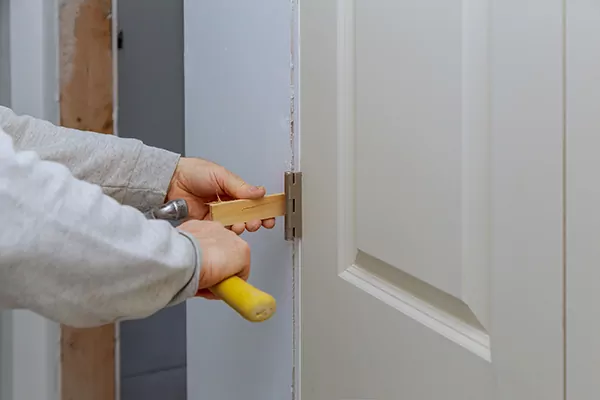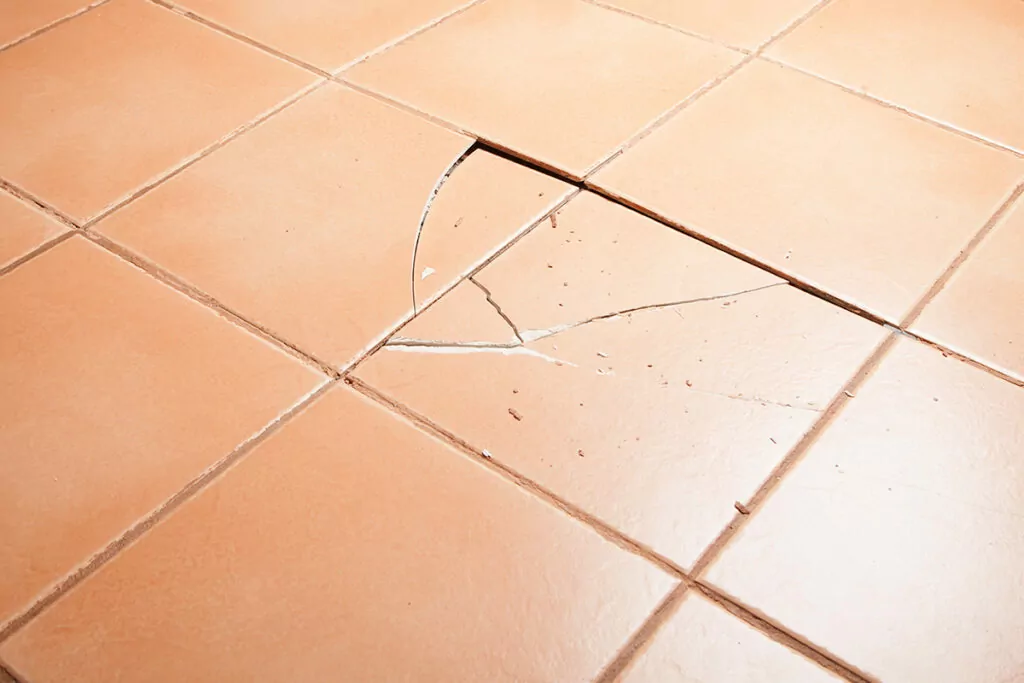Ever wondered which household appliances use the most electricity? We got the answers, along with tips on how to save energy (and money).
Heating and cooling systems are the most expensive appliances in terms of power costs. An air conditioner uses the most electricity, almost as much as all the other appliances combined! Then comes electric radiators or heaters if you have any. It’s also interesting to notice that tumble dryers, washing machines and dishwashers cost twice as much to run than fridges and freezers. Let’s now rank which appliances use the most electricity and which ones are energy efficient.
Which appliances use the most electricity?
An aircon system
Not everyone has them, but with rising temperatures in the summer, they’re becoming more and more common. The cost depends on your energy provider and on the type of air conditioning you have, but it’s safe to say running AC can cost from £0.10 to £0.50 an hour. So if you didn’t get the most energy-efficient air conditioner, you could well be spending up to £100 a month in energy bills!
Book a Tasker to help install your air conditioning
Electric radiators and heaters
Space heaters are a godsend when you need to quickly warm up a room, but they come at a cost. And that cost is about £0.15¢ an hour. If you plan on buying one soon, it might be worth spending a bit more money on a heater that uses less energy. You’ll quickly make that money back. Halogen heaters are usually your best option. They work fast and therefore don’t need to be turned on for too long. Also, make sure that you buy a heater with a thermostat so that it stops on its own once it reaches the asked temperature. In general, central heating will almost always be cheaper than running multiple electric heaters.
Wet appliances
That’s tumble dryers, washing machines and dishwashers. You may be wondering, “how much electricity does a washing machine use?” About 20p per load. The cost per hour to run a tumble dryer in the UK varies from 60p to £1. Finally, the cost to run a dishwasher goes from 25c to half a pound per load, depending on the energy rating of your appliance. So in total and on average in the UK, wet appliances amount to 14% of your energy bill according to the Energy Saving Trust. For dishwashers and washing machines, the cost really comes down to heating up the water needed for the cleaning. So from time to time, use the eco-program on your household appliances to save energy and money.
Cooking appliances
We’re talking electric oven and hob, kettle and microwave. Electric ovens use on average 1.5kWh, more than most appliances. As for electric burners, they range from 1.2kWh to 2.5kWh. But because you are only going to use an oven an hour per day at most, and even less for a kettle or an air fryer, your spending on electric cooking appliances should not surpass £250 a year, even if you are an avid cook.
Fridges and freezers
How much does a fridge cost to run? £50 a year on average for a household in England. Just make sure you regularly clean your appliances as a 4 cm layer of ice in your freezer means it will need twice as much energy to run! Check out this article for more energy-saving tips and tricks.
Hire someone now to clean your fridge and freezer
Electronics
TVs, game consoles, laptops and the like account for 5% to 10% of your total energy bill. Television uses the most energy out of all of them but you can easily lower the cost by not using the standby mode and completely turning it off when you’re not watching it.
Lighting
It’s always a good habit to turn off lights you don’t need. The planet earth will thank you, and your energy bill will a bit as well. About 5% of the electric consumption of an average household goes towards lighting appliances. And if you haven’t done it already, switch from halogen and incandescent light bulbs to LEDs to reduce your bills.
Need help with your light fixtures?
Which appliances use energy when turned off/on standby?
All of them! Even when not turned on, appliances use a tiny amount of energy to stay on sleep or standby. That means your TV, your microwave or your coffee maker. Appliances and electronics with batteries also draw energy if they’re plugged in, even once they are fully charged. The only way to completely turn off your appliances is simply to unplug them. The standby power consumption is usually low, between 0.5 watts to 15 watts. Leaving your TV on standby mode costs you about £12 a year. But if you have 10 appliances on constant standby, it could cost you up to £100 a year! That’s a lot of money you could be using hiring a Tasker to clean your whole house or assemble your new furniture!
If you’re looking to buy a new TV set, look for Energy Star® products, which use twice as less energy in standby mode as regular equipment.
How can I calculate the cost of my appliances?
It’s easy. Under the current energy price guarantee, it costs households in the UK 34p per kilowatt hour. So an oven that uses 2 kWh costs 68p per hour to run. You can find the kilowatt consumption in the appliance’s leaflet, or you can refer to Martin Lewis’s chart (see tips #16) which calculates the hourly consumption of most appliances, from a tumble dryer to a phone charger!
If you need help installing new appliances or swapping for energy-saving ones, book a Tasker now!








